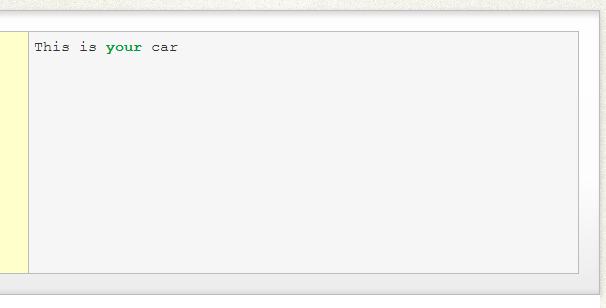Understanding Possessive Adjectives and Pronouns

Understanding possessive adjectives and pronouns is essential in English. Sadly, even though it may come as natural for English speakers, the concept pose a real challenge for English as Second Language (ESL) learners.
Many languages around the globe do not require any pronouns and adjectives to show possession. It’s common for ESL learners to say “Johnny bag is brown” or “He bag is brown” instead of “Johnny’s bag is brown” or “His bag is brown.”
If you are one of those people who are having trouble with the possessive adjectives and pronouns, you should keep reading.
But, before we continue, let’s put all the possessive pronouns and adjectives in a nice little table so we can get a clear picture of who they are.
| Person | Adjective | Pronoun |
| I | My | Mine |
| You | Your | Yours |
| He | His | His |
| She | Her | Hers |
| It | – | Its |
| We | Our | Ours |
| They | Their | Theirs |
Possessive Adjectives
Possessive adjectives are used with a noun in a sentence. You put it before the noun, like this:
“My book is thick.”
“Your ball is blue.”
“Their dog is sick.”
As you can see above, the adjectives “my”, “your”, and “their” are followed by the nouns they described – “book”, “hair”, and “favorite food.”
Possessive Pronouns
With a possessive pronoun, we can signify possession after mentioning the noun, like this:
“The thick book is mine.”
“The blue ball is yours.”
“The sick dog is theirs.”
The three examples above show that you can you can change a sentence that uses a possessive adjective to its equivalent using a possessive pronoun. “That is his car” and “That car is his” means the same thing. Both are correct so you can use whichever sentence type you like better.
Some Caveat
Whether you prefer using adjectives or pronouns, you should exercise caution to avoid unnecessary confusion. Here’s an example.
“Johnny meets Terry in the Police Station. His luggage was stolen the other day.”
Who’s luggage was stolen? Johnny’s or Terry’s. The sentence above doesn’t give much clue. To help your readers understand the situation, you can rewrite the sentence to:
“Johnny meets Terry, whose luggage was stolen the other day, in the Police Station.”
OR
“Johnny meets Terry in the Police Station. Terry’s luggage was stolen the other day.”
Now, it’s clear that it was Terry who lost the luggage.
Another common mistake is using “it’s” when you’re supposed to be using its. “It’s” is a contraction of “it is”. Never use apostrophe when using possessive pronouns or adjectives, OK?!
Spend some time drilling the list of adjectives and pronouns above. Once you internalized all the forms, it will be easier to use them correctly in sentences.
If you need help when writing anything that uses possessive pronouns and adjectives, you can use the online spelling checker. It finds misspellings and grammar mistakes alike. As an example, if you insert “This is you car”, then click “CHECK TEXT” tool will correct it like this:

See, it’s handy. It even highlight the corrected word for you. Nifty, right?
